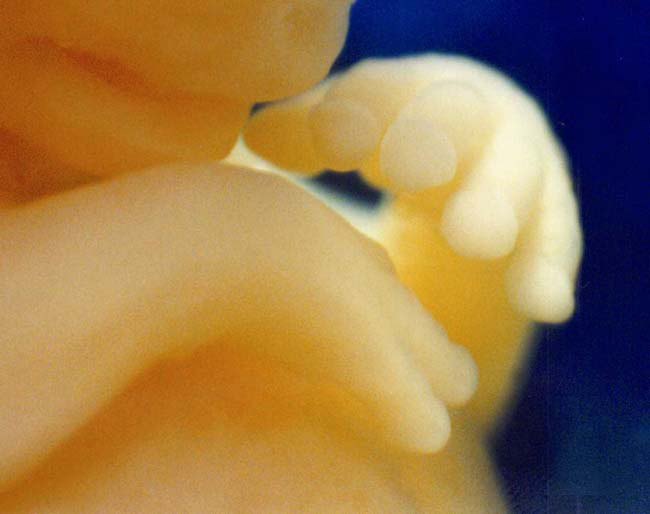Become A Defender of Life
Your donation helps us continue to provide world-class research in defense of life.
DONATECharlotte Lozier Institute
Phone: 202-223-8073
Fax: 571-312-0544
2776 S. Arlington Mill Dr.
#803
Arlington, VA 22206
Right and Left-Handedness
As early as ten weeks gestation, it is possible to determine whether the unborn child is left-handed or right-handed by studying ultrasounds. About 85% of embryos prefer their right hand over their left hand.1 About 85% of adults prefer their right hand, too, and the majority of fetuses do not change their handedness between the womb and age 10.2
Furthermore, by 14 weeks, the fetus makes goal-directed movements towards the uterine wall as well as his eyes and mouth. These intentional movements from fetuses as early as 14 weeks demonstrate the fetus is conscious and aware of his environment. If he has a twin, he will gently reach out to touch his sibling as well. 3

While the fetus uses both her left and right hand at 18 weeks, she will reach for small targets, such as her eyes and mouth, faster and with greater precision when she uses her dominant hand.4
Intriguingly, the brain does not show major left-right differences when hand dominance can first be observed. Therefore, scientists still wonder whether the difference in movement leads to changes in the brain that make some people right-handed versus left-handed, or whether the brain causes the difference in movement which leads one hand to be dominant.










